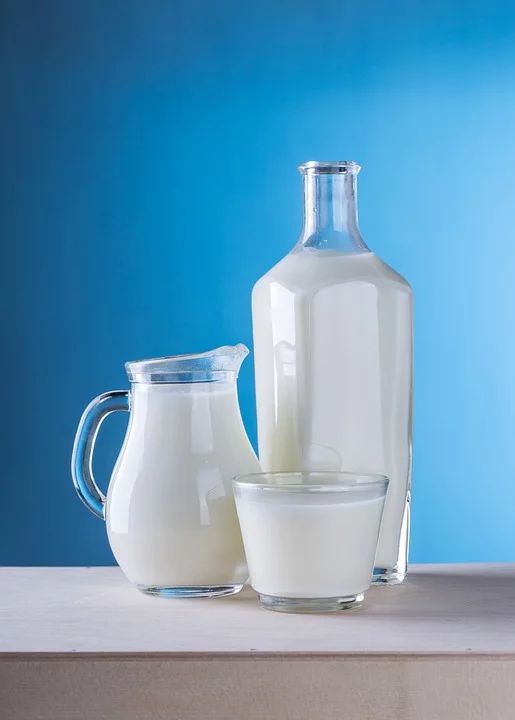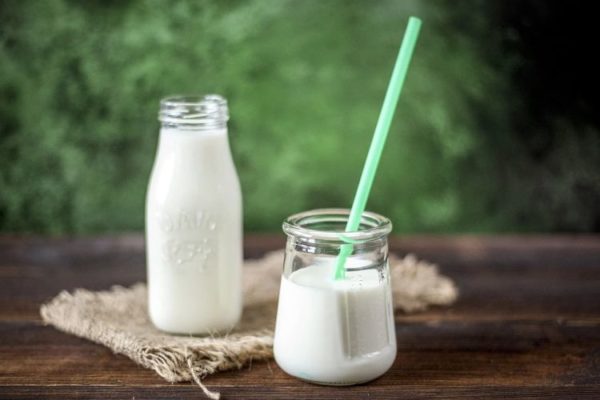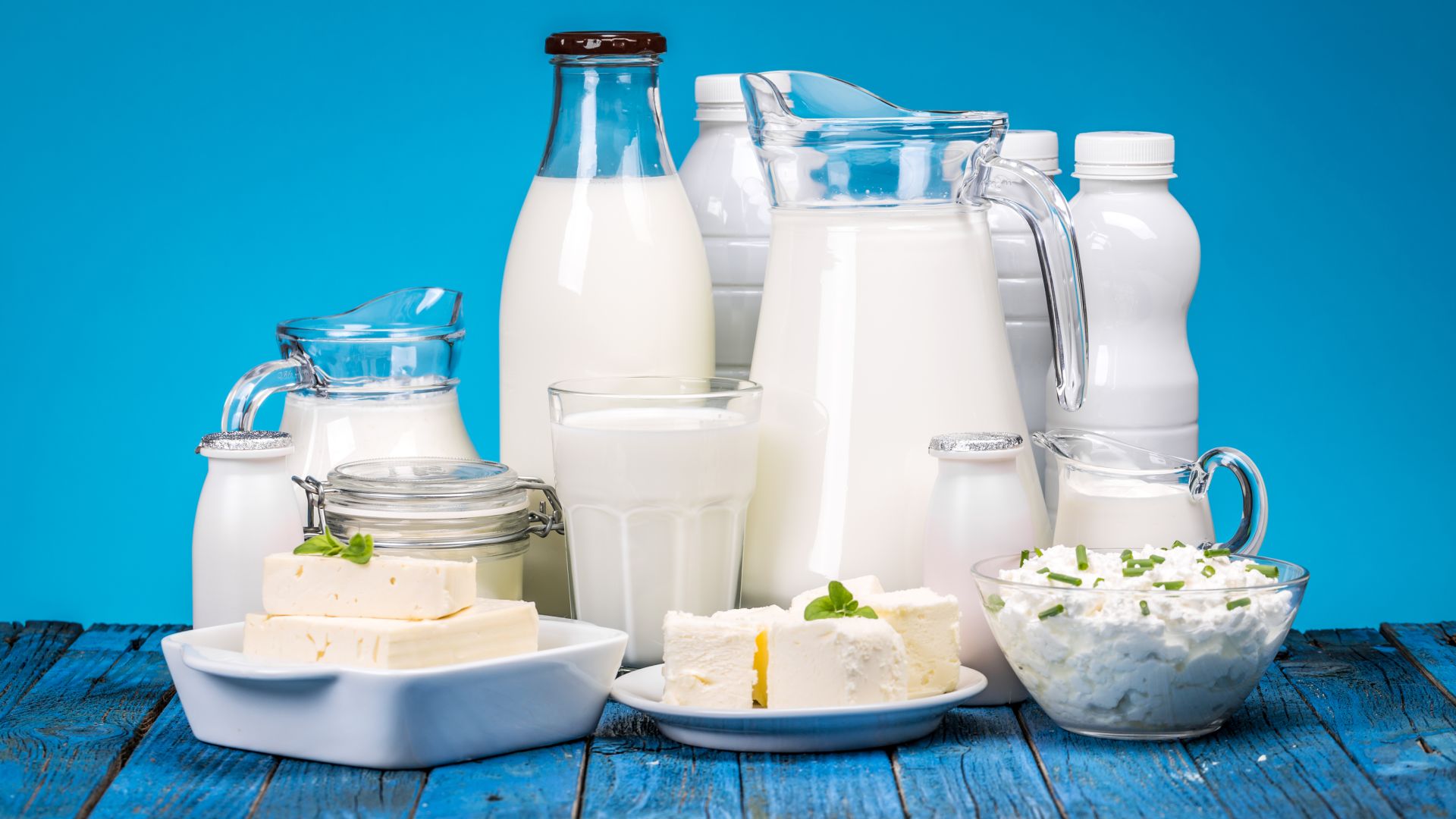When dealing with fatty liver disease, one of the most important lifestyle changes you have to make is switching to the right diet to reverse the condition and get your life back on track.
The problem with diets and foods to avoid vs. foods to eat is that, unfortunately, in most cases, there’s no unanimous decision on what is good and what is bad. On what you should eat and what you should stay away from.
Some say that this type of food is good, while others put it at the top of their blacklist.
This is confusing and we have no other option, in such a scenario, but to use common sense, do our own research, and make a decision based on facts that we have collected.
One such decision that must be made after looking at the facts is that regarding the consumption of low fat dairy products vs. full fat dairy when trying to reverse a fatty liver disease (aka NAFLD or MASLD).
Low fat dairy or full fat dairy for fatty liver: what to choose?
Based on my own experience reversing my own fatty liver disease, but also based on research that I’ve done (more on this later), the conclusion is simple: I would never choose full-fat dairy options when dealing with MASLD / NAFLD.
This means that I will always choose low-fat milk, low-fat yogurt and either drastically reduce the quantity of butter and cheese that I consume or also go for low-fat options.
I have stopped eating sour cream or whipped cream completely and I won’t start eating that again just because some say it’s healthy. These have a ton of saturated fat, cholesterol, and calories and my liver doesn’t need that!
I stopped eating full-fat yogurt or milk and whenever I have the chance to eat low-fat cheese, I go for that (although that’s not always an option, and when it comes to cheese I sometimes eat regular – but very small quantities!) More on that later, though.
Until then, I have to say that I accept the studies the experts have made and decided to stop eating no fat yogurt (the 0% or 0.1% type) and switch to low-fat (anything between 1 – 3%).
I will not, however, switch to yogurts that have 5 or 10 grams of fat – that’s too much, in my opinion!
Finally, when it comes to cheese, that’s my soft spot: I love cheese, like most of us do, and I wasn’t able to stop eating it. I prefer white cheese (like feta) and I did continue to eat white cheese, but in moderation.
As I said earlier, I did try to eat low-fat types of cheese and I still do, but I don’t care that much about it anymore: my results, just seven months after being diagnosed with NAFLD were great and I managed to reverse my fatty liver completely after one year and a half, so I don’t think that we should worry that much about full-fat dairy being extremely dangerous.
But I have to repeat: moderation is key! When I eat regular cheese, I eat a maximum of 50 grams per meal (which, you will see, is not a lot!) and I try to eat no more than 150 grams each week.

Go low fat most of the time, but mix and match if you feel like eating a full fat yogurt every once in a while.
With one essential condition: MODERATION. That’s the secret, in the end: you can eat almost everything if you do it moderately.
Two slices of full fat (aka regular) cheese every now and then won’t make your fatty liver worse, just like eating a fat-free yogurt per day won’t miraculously cure you.
But to say that low fat dairy is unhealthy, I think it’s a bit of a stretch. Remember that most of these studies say that it is bad because of the added sugar that low fat products have in order to make them taste better.
That is indeed a big NO: don’t eat anything with added sugar. Plain low fat yogurt is indeed more difficult to find, but don’t use that as an excuse to eat the ones with added sugars or other chemicals: those are indeed worse that the dairy products with more fat.
Low fat vs full fat dairy: What the experts say
This “battle” between the health benefits or disadvantages of low-fat dairy vs full-fat is one where experts don’t seem to agree. Let’s see how things stand, though, based on data and my personal experience with the matter.
Probably one of the first things we are told by our doctor after being diagnosed with a fatty liver is that fats are bad for our health – with saturated fats being even more dangerous.

Dairy – from regular yogurt to the cheese most of us love so much – has large quantities of fats, much of which comes in form of the unhealthy saturated fats.
Of course, you have more of it in cheese than in milk and yogurt, so not all dairy is created equal.
So it makes sense to go for the no-fat or low-fat dairy to solve the problem, right?
Well, that’s not so simple because some studies decided to make things a lot more complicated for us, claiming that full fat dairy products are actually the better choice instead of low fat ones. And we’re not only talking about keto diet supporters here!
Let’s see some examples below – examples where the titles of the articles make you believe that full fat options are the best.
We have an article published in the Time Magazine titled “Why Full-Fat Dairy May Be Healthier Than Low-Fat” while a nutrition expert makes it clear that low fat dairy is bad for your health: “Still Think Low-Fat Dairy is the “Healthy Choice”? Think Again!“
But don’t read the titles only! Read the articles entirely and you will find out that all the data inside them is based on studies that are not aimed at people diagnosed with a fatty liver disease in the first place – and there are other extremely important things thrown into the mix that we should consider.
For example, the studies have found that more people who eat low fat dairy products are already obese and suffer from cardiovascular diseases when compared to people consuming full fat products.
But the question we have to ask here is: were those people ALWAYS eating low fat dairy products?
Or they’re eating them JUST BECAUSE they are already obese and suffer from other health problems and are eating low fat foods in their quest to reverse their conditions or keep it under control?
We all know that losing weight is a difficult thing to do. Before I was diagnosed with a fatty liver, I ate a mixture of low fat / full fat dairy products, mostly based on my mood, and I was obese.
Not because of the dairy, but because of all the other bad stuff that I put in me.

Now, I have eliminated almost entirely full-fat products in my diet and I have lost almost 66 pounds in less than two years and I am in optimal shape.
Does this mean that low fat or high fat dairy were the cause? Not at all! You can’t blame a single product for the poor choices you make in life.
It’s like saying that Coca Cola Light or any diet soda makes you fat, but you actually drink it next to a huge burger with a large portion of French fries, three different dips and an extra of onion rings.
It’s like saying that strawberries are unhealthy and make you fat, but you only eat them with a ton of whipped cream, chocolate sauce and some extra sugar sprinkled on top.
In other words, if you’re only worried about losing weight – switching from low fat to full fat or vice-versa will not help unless you completely change your eating habits, your lifestyle and your mentality: and these three things have to be done if you want to reverse fatty liver.
But we should not only worry about weight loss. The articles above also come with other proof that full fat dairy might be better than the low fat versions. Here is what they claim:
First, it’s some of the fatty acids that are found in larger quantities in full fat dairy that are considered to help overall health (including reducing cholesterol and insulin resistance).
Also, the fattier options will keep you full for longer periods of time, therefore making it easier for you to eat less (in theory, because they also have more calories than low fat products, so at the end of the day, things might still be the same in terms of total calories consumed).
These are valid points, but I still don’t think it’s enough to make somebody diagnosed with a fatty liver disease consume full-fat dairy instead of low-fat options.
Is low-fat yogurt good for fatty liver?
Yes, low-fat yogurt is good for a fatty liver, as long as it doesn’t have added sugar, flavors or preservatives.
You should always look at ways to reduce the amounts of fat you eat, and switching to sugar-free low fat yogurt is beneficial. Just make sure you’re not switching fats for sugars, which is a big no.
I shared plenty of fatty liver-friendly recipes – make sure to check them out too!
Is sour cream bad for fatty liver?
You should not eat sour cream if you have a fatty liver, as it has too much fat – usually 20%.
Most of that is saturated fat – 12% per 100 grams – and saturated fat is even worse for your body and liver. So do stay away from sour cream if you have a fatty liver.
And since we’re talking about dairy, why not check out my previous article sharing the best coffee creamer alternatives you can have?
Final words
Even though opinions are divided on this matter, my personal experience fighting fatty liver makes me conclude that low fat dairy should be the food you choose over full fat options.
However, as long as you eat in moderation and keep track of your daily caloric intake, as well as fats, having a slice of cheese every now and then won’t be the end of the world. But definitely don’t overdo it!
If you still have questions or comments on this topic, don’t hesitate to let me know by posting a comment below.

I was diagnosed with a fatty liver back in 2014 and managed to reverse it by mid-2015. Since then, I’ve been studying it, continuously updating my knowledge with the latest scientific findings and practical approaches to give others the help they need to reverse their condition.
My approach to managing fatty liver is holistic, balancing scientifically-backed information with real-life, practical advice based on personal, direct experience.
I am also the admin of the Fatty Liver Support Group on Facebook and the Fatty Liver Subreddit.



Hi…just came across your blog. I had been following a keto plan and I lost 18 pounds. I then kind of fell off the wagon and I gained some if tge weight back. During the Pandemic – my diet was not good and I was also drinking more alcohol.
I have stopped drinking (thankfully) but, as of yesterday, my doctor said I had very mildly elevated liver enzymes (and this was a big improvement from my last test which was pretty high liver enzymes).
My doc didn’t say I had a fatty liver but I do want to make sure I get healthier, my question is – since I was doing keto…I started using heavy cream in my coffee. Should I limit this…or go back to 1-2% milk? I hardly use butter – but when I do, I have been using the real thing. Good or bad.
Thanks for your article!
Linda
If you only use it in your coffee, I don’t think it’s that big of a deal. Limiting or switching back to low fat milk would definitely be better, but as long as things are improving the way you’re doing it, I would say you’re on the right track 🙂
Thank you, thank you, thank you!!!! What you are doing here is invaluable. Having all of this amazing info in one place that is easy to navigate, read and understand is making this terrifying journal a lot easier. THANK YOU!!
Thank you for your kind words, Tara. It means a lot to me and I am happy to hear that all my work is useful and helpful!
Lynn, I appreciate all the work you have put into this site, and the fact you are so open about your own journey. It makes these changes easier knowing the person who presents them has walked these steps.
My question involves kefir. I was raised on plain yogurt after dinner and kefir as a drink. You discussed low fat plain yogurt as being ok, and I don’t want to assume that kefir, low fat and sugar free, is ok without touching base first.
I appreciate your input.
Thanks for the nice words – always happy to hear that my articles are helping.
As for kefir – absolutely, it can be had in moderation.
I’ve been having a zero sugar/fat greek yogurt most mornings with blueberries mixed in….is that ok to have?